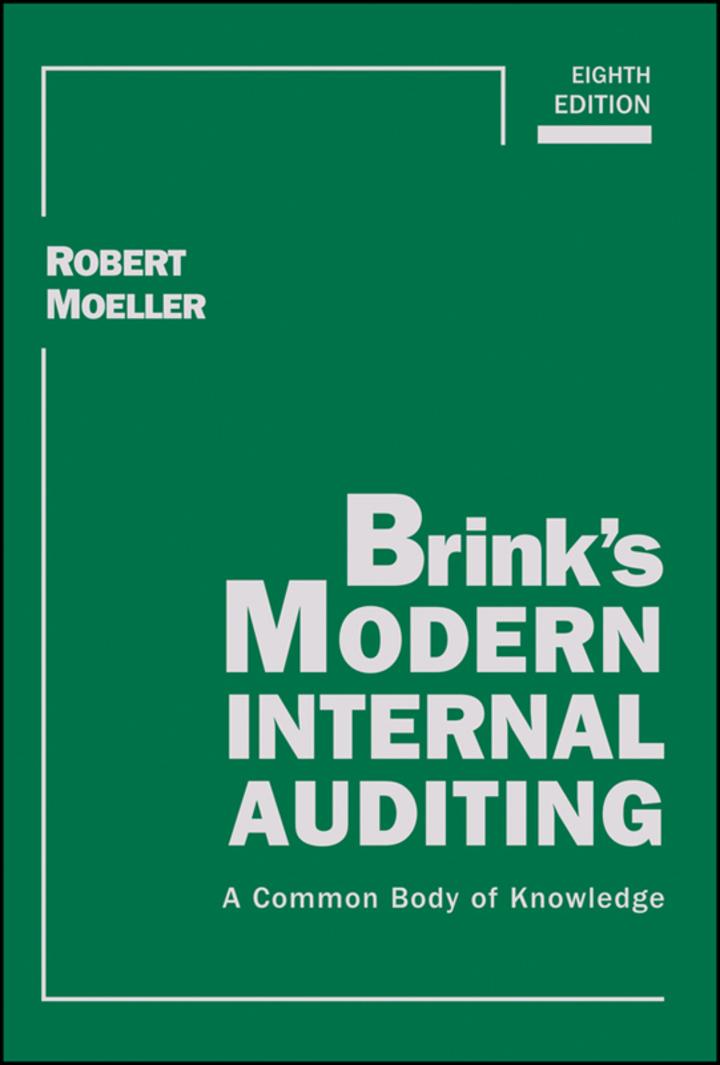8. A company purchased $7,500 worth of merchandise 3/15, N/30. Transportation costs were an additional $80, paid in cash. Three days after receipt of merchandise, the company returned $900 worth of merchandise. It later paid the full balance due on the 14th day from date of purchase. The total amount paid for this merchandise is: A. $6,479.60; B. $6,482.00; C. $7,275.00; D. $7,355.00 9. Fast-Forward has net income of $18,955 and assets at the beginning of the year of $200,000. Its assets at the end of the year total $246,000. Compute its return on assets. A. 7.7% B. 8.5% C. 9.5% D. 11.8% Answer: $[18,955/{(200,000 + 246,000)/2}]% 10. Beginning Assets were $437,600, Beginning Liabilities were $262,560, Common Stock sold during the year totaled $45,000, Revenue for the year was $414,250, Expenses for the year were $280,000, Dividends declared was $22,700, and Ending Liabilities is $350,000. What is the Ending Assets for the year? A. $700,160 B. $612,560 C. $787,600 D. $681,590 No. 14. Using the following table, enter the relevant categories of the given accounts, based on the example given. Account Title Classification Financial Statement in Normal Balance which it appears Ex. Accounts receivable Current asset Balance sheet Debit Accumulated Depreciation-Bldg. Fixed asset (contra) Balance sheet Credit Accounts payable Current liability Balance sheet Credit 3 Dividend income received Other income Income statement Credit Dividends paid Retained earning Retained earnings statement Debit 5 Interest charge on note payable Expense Income statement Debit 6 Prepaid rent Current asset Balance sheet Debit 7 Sales tax collected from sales | Current liability Balance sheet Credit 8 Unearned revenue Current liability Balance sheet Credit 16. A company had expenses other than cost of goods sold of $250,000. Determine sales and gross profit given cost of goods sold was $100,000 net income was $150,000. A. Sales: $350,000; Gross Profit: $150,000 B. Sales: $350,000; Gross Profit: $50,000 C. Sales: $500,000; Gross Profit: $400,000 D. Sales: $500,000; Gross Profit: $50,000 17. A building is offered for sale at $450,000 but is currently assessed at $385,000. The purchaser believes the building is worth $400,000, but ultimately settled for and paid a price of $425,000. At what cost will the purchaser record the building in the books of accounts.? A.$450,000 B.$425,000 C.385,000 $400,000. 19. A trial balance taken at year-end showed total credits exceeding total by $4,950. This discrepancy could have been caused by: A. An error in the general journal where a $4,950 increase in Accounts Receivable was recorded as an increase in Cash B. The balance of $49,500 in Accounts Payable being entered in the trial balance as $4,950 C. The balance of $5,500 in the Office Equipment account being entered the trial balance as a debit of $550 D. An error in the general journal where a $4,950 increase in Accounts Payable was recorded as a decrease in Accounts Payable










